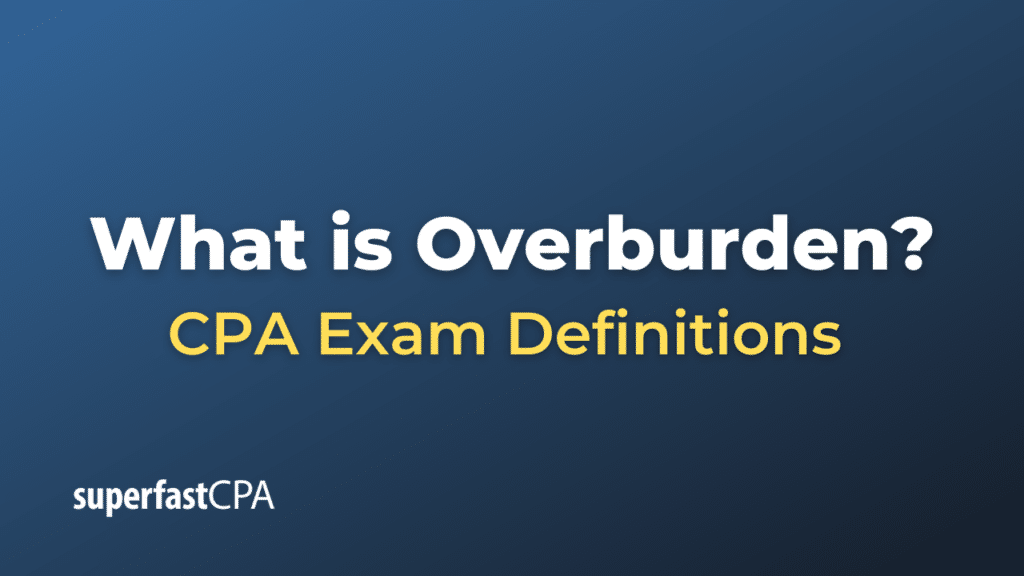Overburden
Overburden refers to the material that lies above an area of interest in mining, archaeology, and other fields of geology. This material is typically removed to reach the resources or geological features underneath.
- In Mining: Overburden is the rocks, soil, and ecosystem that lie above a coal seam or ore body. It’s usually removed by heavy machinery during surface mining (also called strip mining or open-pit mining) to access the valuable minerals underneath. The process of removing and storing the overburden is a significant part of the mining operation, and dealing with the environmental impact of disturbing this material is a major consideration in the mining industry.
- In Archaeology and Geology: Overburden can refer to the soil and rock that covers some area of interest, like an archaeological site or a specific rock layer. Here too, the overburden must be carefully removed to access the site or layer without damaging it.
The term “overburden” is also used metaphorically in other fields to refer to anything that lies on top of or hinders access to something else.
Example of Overburden
An example for the term overburden as it pertains to mining:
Consider a hypothetical gold mining company, Gold Corp, which wants to mine a significant gold deposit located in a mountainous region. Before Gold Corp can access the gold ore, it must first remove the overburden. The overburden in this case is composed of layers of rock and soil that cover the gold deposit.
Let’s say the gold deposit is located 100 feet beneath the surface. Gold Corp must first remove the 100 feet of rock and soil to reach the deposit. This is a major operation involving heavy earth-moving equipment like bulldozers, dump trucks, and excavators.
Once the overburden is removed, Gold Corp can begin extracting the gold ore. However, removal of the overburden is not without its challenges. There are significant environmental considerations, such as the impact on local ecosystems and the need to prevent soil erosion and water contamination. Furthermore, the removed overburden needs to be stored somewhere, often in designated waste dumps or, in some cases, used to refill mined areas after the ore extraction is complete.
This is an important part of mining operations, and it requires careful planning and regulation to mitigate environmental impact.













